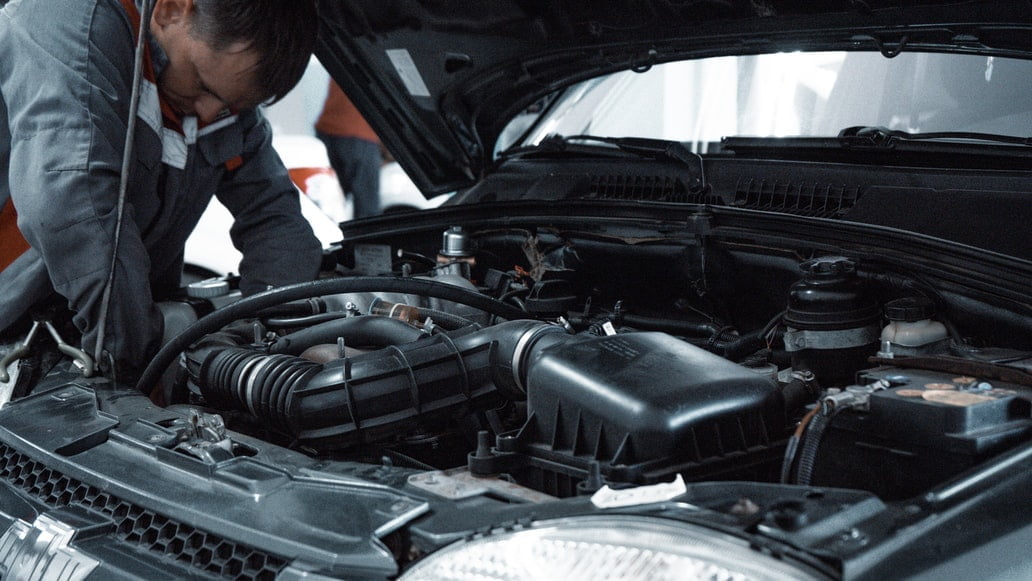5 Easy But Effective Ways to Diagnose Car Engine Problems
by Arina Smith Automotive 27 October 2021

For most people, the car is an essential part of their daily life. Unless you live in the center of town it is likely you’ll need a vehicle to take you shopping and to work. Although, in theory, public transport is better, in reality, it is rarely as convenient or even as affordable.
Unfortunately, vehicles have a lot of moving parts. The greater the number of moving components, the higher the likelihood of issues. Even a small problem can take your car off the road for days and cause you a serious inconvenience.
That’s why you need to learn more here about a reputable garage and develop the following 5 techniques to diagnose car engine problems. It will help to get your vehicle back on the road faster.
1. Consider Changes

The first step in diagnosing a car engine problem is to think about if you have done anything differently. For example, have you tried to replace the oil yourself and put the incorrect grade in or forgotten to put any back in? Perhaps you’ve used the wrong fuel.
Anything you’ve done differently with your vehicle in the past few days should be considered as this may explain why your car engine has a problem and which area to look at first.
2. Look At The Facts
The next step and effective diagnostic method are to think about what happened when your engine started displaying problems. You may have noticed a lot of steam, your temperature gauge rising, or perhaps a small stutter on acceleration.
These are all clues regarding the issue with your car. Steam can indicate overheating which could be due to a lack of water, a leak, or even head gasket trouble.
Stuttering indicates a fuel or combustion issue that needs further investigation.
3. Dashboard Lights

Don’t forget to check the dashboard. You have several lights that can indicate you have an issue with the engine. If any of these are on it will give you a clue as to what the fault is.
4. Diagnostic Tool
It is easy to pick up your own diagnostic tool. It plugs into a special socket on your vehicle and then reads the error codes on the main ECU. If it pulls any codes it will display them. You’ll need to make a note of them to find out what they are.
The codes will help you identify an issue, allowing you to replace the right part when necessary.
5. Hot Or Cold?
It is worth considering whether the engine was hot or cold when the error occurred. You may need professional help understanding why something happens more in the cold than in the heat, or vice versa.
In fact, it is always a good idea to get professional help to resolve the issue for you. But, knowing how to diagnose the issue helps to ensure you get the best possible assistance straight away. That’s better than being taken for a ride.
Read Also:







































































































